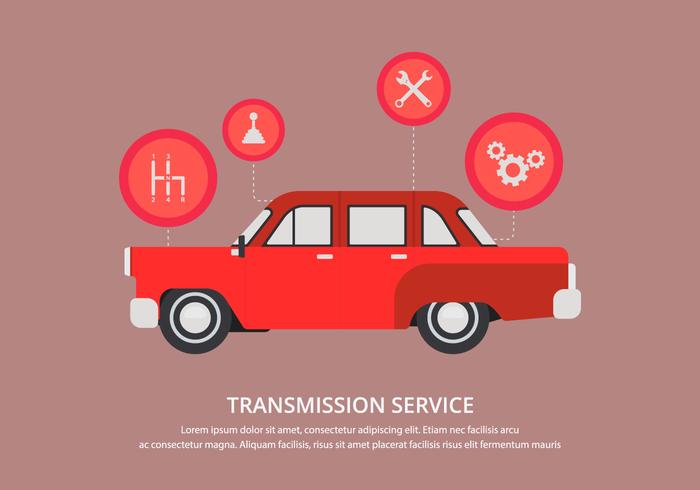Wondering Concerning The Meaning Behind Those Control Panel Warning Lights? Gain Insights Into Their Effects For Your Automobile'S Safety And Security And Upkeep
Wondering Concerning The Meaning Behind Those Control Panel Warning Lights? Gain Insights Into Their Effects For Your Automobile'S Safety And Security And Upkeep
Blog Article
Material Produce By-Vinson Corbett
When you lag the wheel, those glowing warning lights on your dashboard can be a bit puzzling. Do https://kylersohcv.idblogz.com/32657718/how-to-select-the-right-cars-and-truck-outlining-solution-for-your-requirements understand what they're attempting to inform you regarding your vehicle's health and wellness? Recognizing the relevance of these lights is crucial for your security and the durability of your car. So, the following time one of those lights turns up, would not you wish to decipher its message accurately and take the needed steps to address it?
Common Caution Lights and Interpretations
Identify common warning lights in your automobile and recognize their definitions to guarantee safe driving.
One of the most normal caution lights include the check engine light, which signifies problems with the engine or emissions system. If this light begins, it's critical to have your vehicle inspected without delay.
The oil stress advising light shows low oil stress, requiring prompt focus to avoid engine damages.
A blinking battery light may recommend a damaged charging system, potentially leaving you stranded otherwise resolved.
The tire stress monitoring system (TPMS) light signals you to low tire stress, affecting lorry stability and gas effectiveness. Overlooking this might bring about unsafe driving conditions.
The ABS light shows an issue with the anti-lock braking system, compromising your capability to stop promptly in emergency situations.
Lastly, the coolant temperature alerting light warns of engine getting too hot, which can lead to extreme damages if not resolved swiftly.
Understanding these usual caution lights will help you address concerns without delay and maintain risk-free driving problems.
Significance of Prompt Interest
Understanding the common caution lights in your cars and truck is just the initial step; the relevance of promptly resolving these warnings can't be highlighted enough to guarantee your safety and security when traveling.
When a caution light brightens on your dashboard, it's your auto's way of connecting a possible issue that requires interest. Disregarding these warnings can bring about a lot more extreme problems in the future, compromising your safety and potentially costing you more out of commission.
Prompt focus to cautioning lights can prevent break downs and accidents. For instance, a blinking check engine light can indicate a misfire that, if left ignored, might cause damage to the catalytic converter. Resolving this immediately can save you from an expensive repair service.
Likewise, a brake system alerting light may signal reduced brake liquid or worn brake pads, crucial components for your safety when driving.
Do It Yourself Troubleshooting Tips
If you notice a warning light on your control panel, there are a few do it yourself repairing tips you can try before seeking professional assistance.
The first step is to consult your auto's guidebook to comprehend what the details caution light suggests. Occasionally the issue can be as straightforward as a loosened gas cap causing the check engine light. Tightening the gas cap may deal with the issue.
Another typical issue is a reduced battery, which can set off numerous advising lights. Inspecting the battery links for deterioration and ensuring they're safe may fix the issue.
If a warning light continues, you can try resetting it by detaching the car's battery for a few minutes and afterwards reconnecting it. Additionally, inspecting your vehicle's liquid degrees, such as oil, coolant, and brake liquid, can assist repair cautioning lights related to these systems.
Final thought
In conclusion, comprehending your cars and truck's caution lights is vital for keeping your automobile running smoothly and safely. By promptly addressing simply click the following post and understanding what they mean, you can prevent pricey repairs and potential breakdowns.
Bear in mind to consult your car's manual for specific information on each warning light and take action as necessary to guarantee a trouble-free driving experience.
Stay notified, stay safe when traveling!
